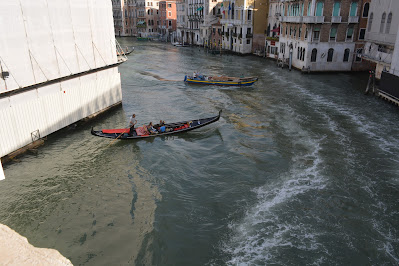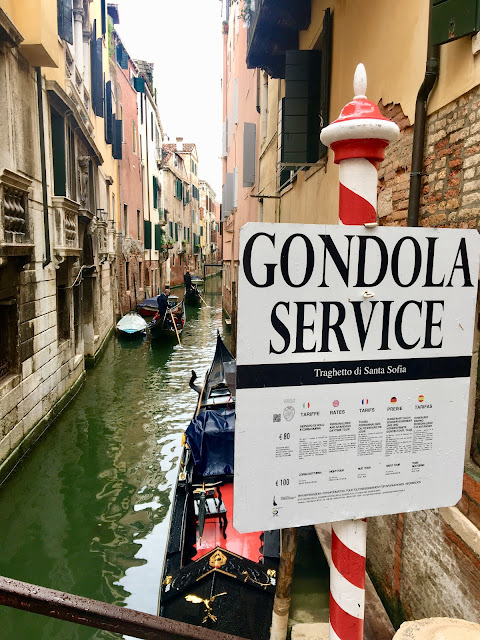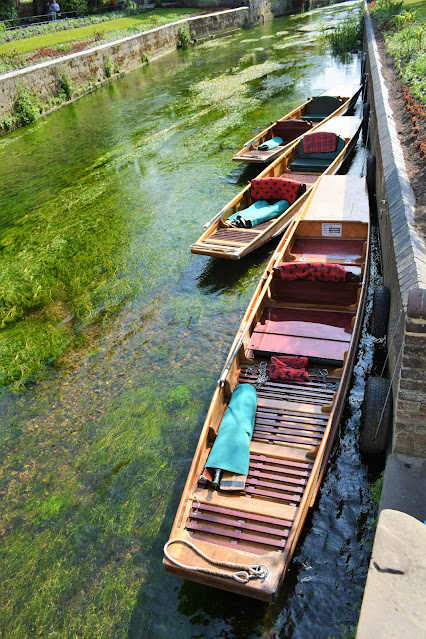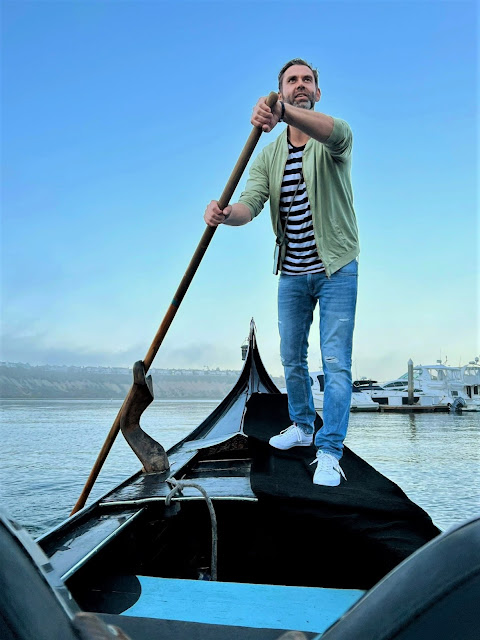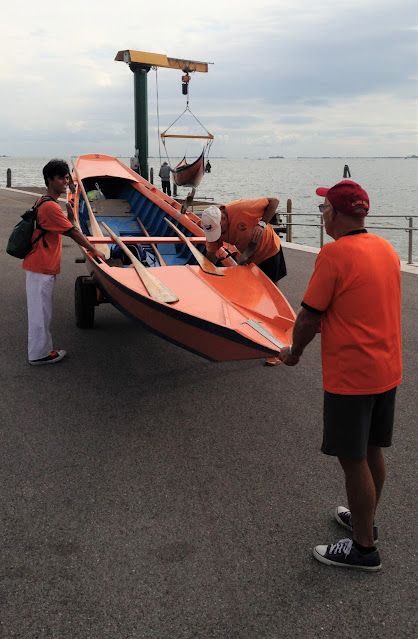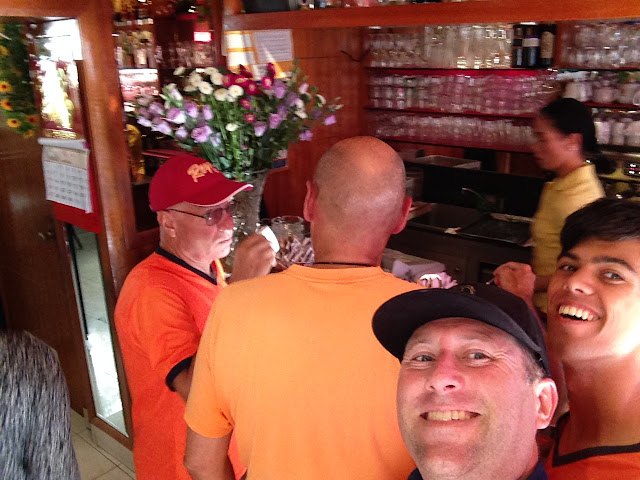The internet tends to present a less-than-accurate reality.Spend five minutes on social media and you’ll be convinced that
everyone’s having a better life than you are.
We don’t hesitate to post about victories and good grades.
But nobody posts about how they got a D+ on an exam, or how crappy their vacation is going.
Back in 2008 I arrived at my docks after a night of rain to discover
that one of my gondolas had become a “low rider.”
What can I say? Some boats just decide to identify as
submarines, only to discover that they’re made of wood - which happens float.
When my boat swamped, I thought a lot about whether I wanted
to share this “non-victory” with the world.
Surely someone out there might find some kind of perverse joy in
seeing that I’d failed at something.
In the end I thought about how many times I’d learned from other gondola
owners, and I decided to post about it and also about how I managed to get my gondola back on
top of the water.
It was a clever trick involving ratcheting tie straps hooked to both
sides of a slip and strung beneath the boat.
You can read all about it in my post
"Raising my own titanic"
For those of who haven’t yet experienced this level of
boat-ownership-joy, the object is to get all of the rails of the gondola above
the surface:
just enough height to prevent water from flowing back into the vessel
as you bail or pump out the water that shouldn’t be there already.
But the method I employed was only effective because the boat was in a
slip. I’ve often wondered what I would have done if the boat were on a side
tie.

Once a gondola has “become one with the surface of the water,” all
sorts of stability elements pretty much go out the window.
Untie her and try moving her to a slip and she’s likely to try and
“whale over” on you. The metal ferro blade on the bow tip is heavy. It has a high center of gravity, and wants nothing more than to seek deeper water.
If the boat flips, you’re into a whole new level of problems, which may
include having to fish non-floating parts off the bottom.
So how does a gondola owner accomplish the lift with the boat only moored
on one side?
Mark Schooling at Gondola Paradiso came up with a very clever method
using materials that were readily on hand.
The other day Mark joined the club of gondola owners who've had a boat that experiences a sudden increase in depth.
He showed up in the morning, after a night of rain, to this:
Fortunately the way she was tethered prevented anything from floating away. There was no way to move the gondola to a slip, so Mark did something else.
He simply gave the vessel more buoyancy … by stuffing life jackets under
the decks.
Here you see two packs of life jackets, with one about to get stuffed under the trasto de meso.
Both life jacket packs firmly lodged beneath the trasto.
It was a bit of a struggle because life jackets don’t like to be
submerged, but once he got all the life jackets he had in place and climbed
his wet self out of the boat, the rails were high enough to clear the surface. After that it was a simple matter of bailing out the
water.
After some serious cardio as well as weight lifting (water weight, that is), the boat was back on top, and Mark got her covered and ready for the next rain.
This gondola is a favorite among American gondoliers.
Many of us have raced her in the US Gondola Nationals, and a lot of us have also had the opportunity to take passenger cruises on her, both in Huntington Harbour and in her current home port in Oxnard, California.She's obviously easy to recognize due to her red color.
Gondolier Josh Sopp rows the red gondola
photo by Mark Schooling
(shamelessly stolen from Josh's social media)
Lifting a boat or other object with additional buoyancy is common among salvage divers. They often have fancy "lift bags" that they inflate using their SCUBA tanks. Guys like Mark and I don't have that kind of equipment on hand.
The next time I find myself needing to raise a swamped boat, I'll remember Mark's life jacket trick.
(Hopefully it won't happen any time soon)
If by chance you find yourself doing this,
to use when people start asking questions.
photo by Josh Sopp
(another photo stolen from Josh - I just HAD to!)





